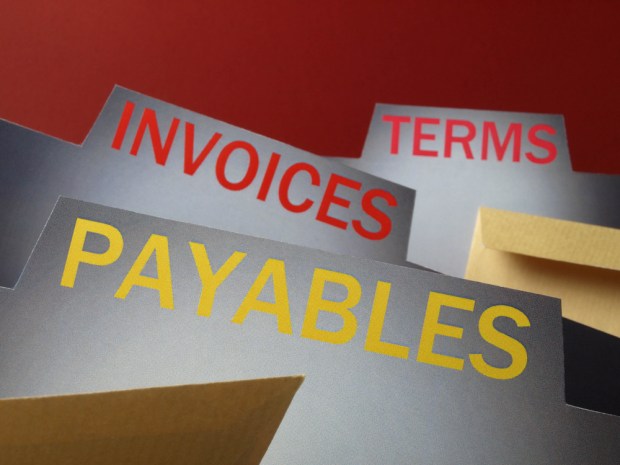Great Expectations For The AP Evolution

The perception of the role of Accounts Payable among professionals has moved up a notch, according to Ardent Partners. But in the struggle for AP to transform from what’s often considered a lagging, inefficient process to a strategic process that provides operational value to the enterprise, AP needs to keep working on its perception problem.
A new study conducted for Ardent Partners’ “ePayables 2016: Eyes on the Prize” report found that only 15 percent of companies view the AP department as “exceptionally valuable” and an “extensive collaborator” within the corporation. One-third, on the other hand, see AP as not strategic.
The AP department was seen as having the greatest level of collaboration with suppliers, and to be working closely within the enterprise among the procurement function. Companies considered the AP unit as far less collaborative with the finance and treasury departments, researchers found.
But these perceptions may not line up to the realities of how the enterprise grasps the data provided from the accounts payable process.
Ardent Partners found that 71 percent of companies leverage AP data when handling invoice exceptions, and 67 percent said they leverage that data to improve collaboration between the finance and procurement department.
More than half of those surveyed, in fact, said they leverage AP data when forecasting, budgeting and planning; enhancing supplier management; developing better payment strategies; and understanding the impact of cash.
What’s more, analysts uncovered AP’s top priorities for 2016, and these goals are far-reaching within the enterprise.
Reducing processing costs was the most common goal cited by professionals, narrowly surpassing the goal of improving visibility into invoice and payment data. These initiatives, the report said, focus on turning data into actionable insight.
“Data is, and remains, hugely important to showing that AP has a value beyond processing invoices and payments,” Ardent Partners concluded. “Increasing the ease with which AP can access and derive intelligence from data can also drive improvement around collaboration with suppliers and procurement – two groups that are key partners in validating AP’s strategic value.”
But this data can only be harnessed if there’s a way to collect it; and without automated and electronic processes, accounts payable will have a mountain to climb to access its own data.
AP still has a ways to go on that mountain, Ardent Partners found. While the majority of businesses surveyed (68 percent) said they currently use electronic strategies like document imaging and scanning, and more than half already use automated approval workflow and automated data capture, there are a flurry of automated tools that have yet to enter the AP department.
For example, less than half of companies said they are using an ePayments solution; the same figure said they are using an eInvoicing solution.
Only one-third say they are currently using a business or payment network, and even fewer said they use a complete procure-to-pay solution.
More companies said they are planning to use solutions like procure-to-pay tools and eInvoicing solutions over the next year or two than are actually using them right now. Toward the end of the decade, nearly all businesses said they plan to see their volume of paper reduce significantly, and that levels of AP automation will rise. The majority agree that AP will increase its strategic role within the enterprise, and that the skills necessary to operate within the AP department will change.
Professionals expect the accounts payable department to evolve. And, according to the research, these businesses anticipate improvement in their use of digital and automated AP solutions to participate in that evolution.
But until these expectations and perceptions of the accounts payable process turn to reality, there is no certainty that AP will emerge as the strategic function of the enterprise that so many professionals predict.
